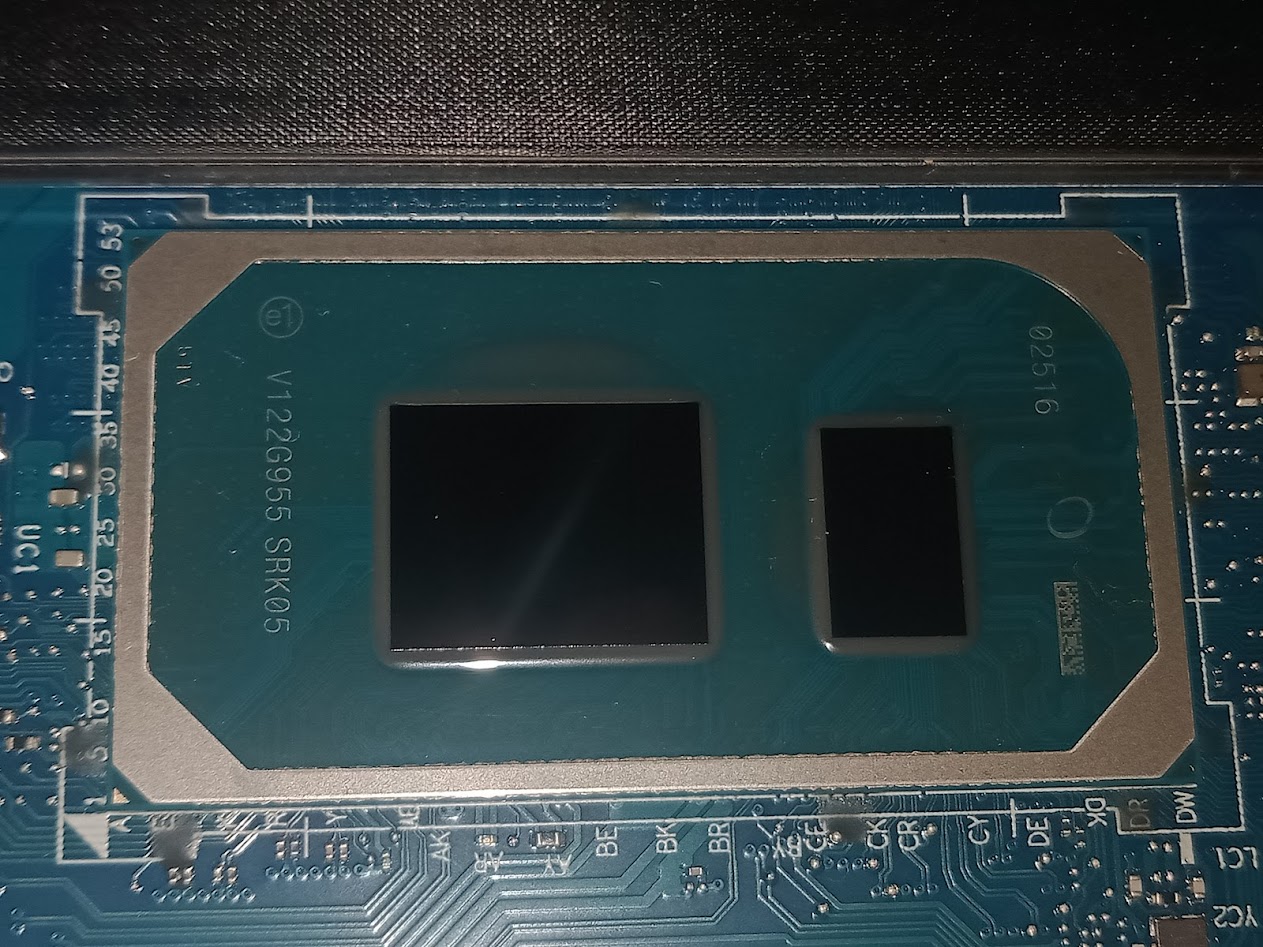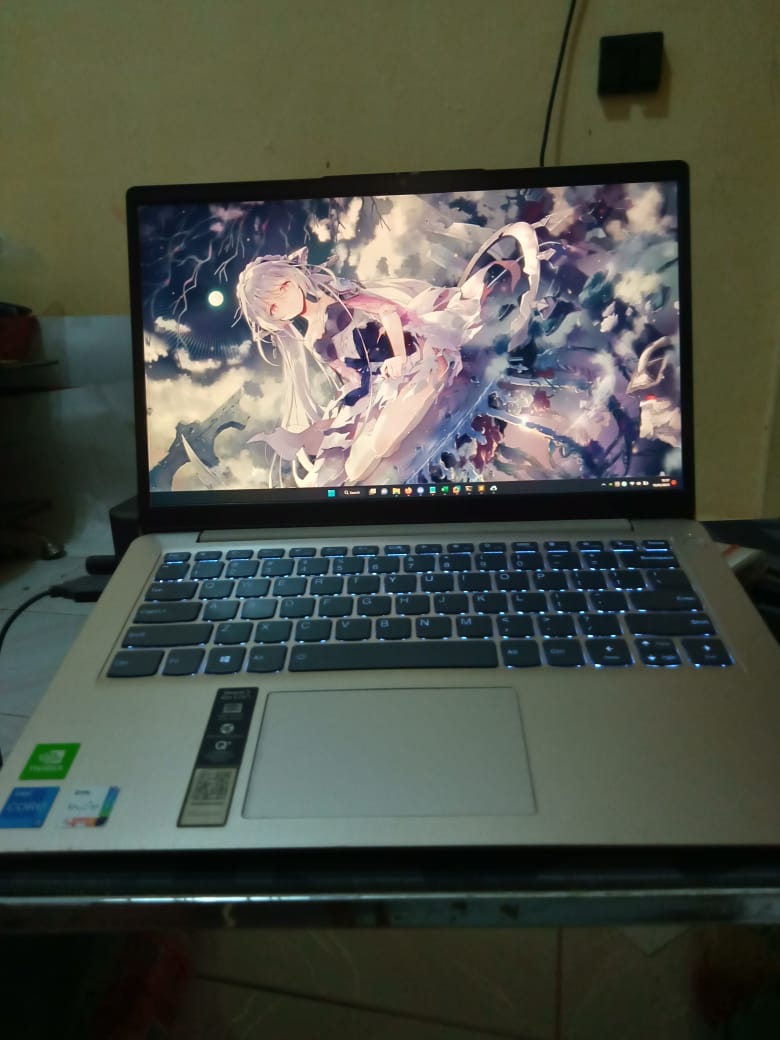Comparing: Intel Celeron N2815 vs Intel Core i5 1135G7
In this comparison, we analyze two Processors: Intel Celeron N2815 and Intel Core i5 1135G7, using synthetic benchmark tests to evaluate their overall performance. This side-by-side comparison helps users understand which hardware delivers better value, speed, and efficiency based on standardized testing. Whether you're building a new system or upgrading an existing one, this benchmark-driven evaluation offers valuable insights to guide your decision.

Intel Celeron N2815
| Type: | Processors |
|---|---|
| Brand: | Intel |
| Model: | Celeron N2815 |
Specification Comparison Table
This specification comparison presents technical details of several devices or components to help you understand the key differences between each option. Use this table as a reference to determine which device best suits your needs.
| Specification | Intel Celeron N2815 | Intel Core i5 1135G7 |
|---|---|---|
| Architecture | x86 | x86 |
| Technology | 22 nm | 10 nm |
| Clock | 1.86 GHz - 2.13 GHz | 2.4 GHz - 4.2 GHz |
| Core/Thread | 2 / 2 | 4 / 8 |
| Segmen | Mobile | Mobile |
Submission Comparison Table
This submission comparison table displays the number and details of benchmark data submissions from various devices or components. This information helps you understand the performance based on the benchmarks that have been tested, as well as providing an overview of the consistency and popularity of the available benchmark results.
| No. | Benchmark Software | Intel Celeron N2815 | Intel Core i5 1135G7 |
|---|---|---|---|
| 1 | PiFast |
1min, 28sec, 750ms |
15sec, 570ms |
| 2 | SuperPi - 1M |
40sec, 513ms |
8sec, 157ms |
| 3 | wPrime - 32M |
47sec, 267ms |
6sec, 334ms |
Submission Comparison Chart
This chart visualizes the benchmark scores comparison between two hardware devices based on submitted data.
Media Gallery
A collection of photos of tested hardware. These images can help you identify the physical form, model, and variant of the hardware in question. These photos are from our own documentation, and if they are not available we may not be able to document them.
About Hardware Intel Celeron N2815
The Intel Celeron N2815 is a power-efficient processor released in 2013 as part of the Bay Trail-M family, aimed at entry-level laptops and lightweight computing devices. It has 2 cores and 2 threads with a base speed of 1.86 GHz that can increase to 2.13 GHz thanks to Intel Burst Performance technology. Built using a 22nm fabrication process, the N2815 comes with a TDP of only 7.5 watts, making it one of Intel's most efficient processors in terms of power consumption for the low-end class. This makes it very suitable for portable devices such as netbooks or mini laptops that prioritize battery life over high performance.
On the graphics side, the Intel Celeron N2815 is equipped with an integrated Intel HD Graphics (Bay Trail) GPU that runs at a base frequency of 313 MHz and can reach up to 756 MHz under certain conditions. This GPU is capable enough to run desktop displays smoothly, and supports 720p video playback. However, for heavy graphics tasks such as playing modern 3D games, video editing, or graphic design, this GPU is clearly not capable. Its use is more suitable for everyday computing such as opening documents, browsing the internet, playing standard videos, and running light office applications.
In terms of overall performance, the Celeron N2815 is sufficient for running light operating systems such as Windows 7 or light-based Linux distributions such as Lubuntu or Linux Mint XFCE. However, due to its simple architecture and low single-threaded performance, users may experience limitations when running multiple applications at once or when opening software that requires higher computing power. In tests using an Asus X200MA laptop with 2GB DDR3 dual channel RAM and Windows 7 operating system, performance was good enough for basic use, although it was slow when running modern applications or multitasking.
Overall, the Intel Celeron N2815 is a decent processor for light computing needs with low power consumption and an economical price, but it is not recommended for heavy productivity tasks or long-term use on modern operating systems.
Hardware Detail:
Device: Asus X200MA
RAM: 2GB Dual Channel
OS: Windows 7
Saturday, 07 May 2022 13:02:41 | Update: 1 month ago
About Hardware Intel Core i5 1135G7
The Intel Core i5-1135G7 is a quad-core mobile processor introduced in late 2020 as part of Intel’s 11th generation Tiger Lake lineup. Designed for thin and light laptops, this CPU delivers a strong balance of performance, power efficiency, and modern features, making it a popular choice for both casual users and professionals. Featuring 4 cores and 8 threads through Hyper-Threading Technology, it operates at a base clock of 2.4 GHz and can reach up to 4.2 GHz with Intel Turbo Boost, ensuring smooth multitasking and snappy responsiveness for day-to-day applications.
Built using Intel’s advanced 10nm SuperFin process, the i5-1135G7 offers improved efficiency and thermal performance over previous 14nm generations. With a configurable TDP ranging from 12W to 28W, OEMs can adjust the performance envelope depending on the device’s thermal design. The standout feature of this processor is its integrated Intel Iris Xe Graphics, equipped with 80 Execution Units and a dynamic frequency of up to 1.3 GHz. Compared to older Intel UHD Graphics, Iris Xe brings a massive leap in performance, capable of handling casual gaming, 4K video playback, and GPU-accelerated workloads like video rendering or image editing.
In benchmark tests such as Cinebench R23, the i5-1135G7 scores around 5661 points (multi-core) and 1334 points (single-core), showcasing excellent performance for a low-power chip. These scores reflect its capability to handle modern productivity software, web-based workflows, and even creative tools like Adobe Photoshop or Premiere Pro though for heavier workloads, a higher-end CPU may still be recommended.
Real-world performance testing was done on a Lenovo IdeaPad Slim 3i 14ITL6, a budget-to-midrange laptop equipped with 12GB DDR4 3200MHz dual-channel memory (8+4 configuration). This setup, combined with Windows 10 and Windows 11 22H2, allows the i5-1135G7 to fully utilize its integrated GPU and high-speed memory interface for a snappy and responsive user experience.
Whether you're a student, a professional, or a casual user looking for a capable, energy-efficient processor, the Intel Core i5-1135G7 stands out as one of the best value choices in the ultrabook category.
Hardware Detail:
Device: Lenovo IdeaPad Slim 3i 14ITL6
RAM: 12GB DDR4 3200MHz Dual Channel (8+4)
OS: Windows 10, Windows 11 22H2
Friday, 06 August 2021 04:34:04 | Update: 1 month ago



